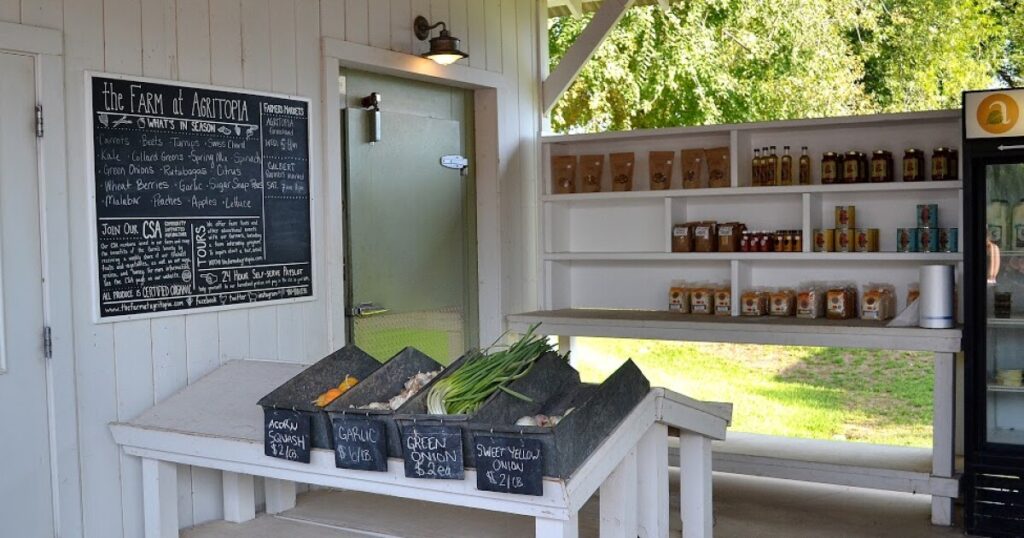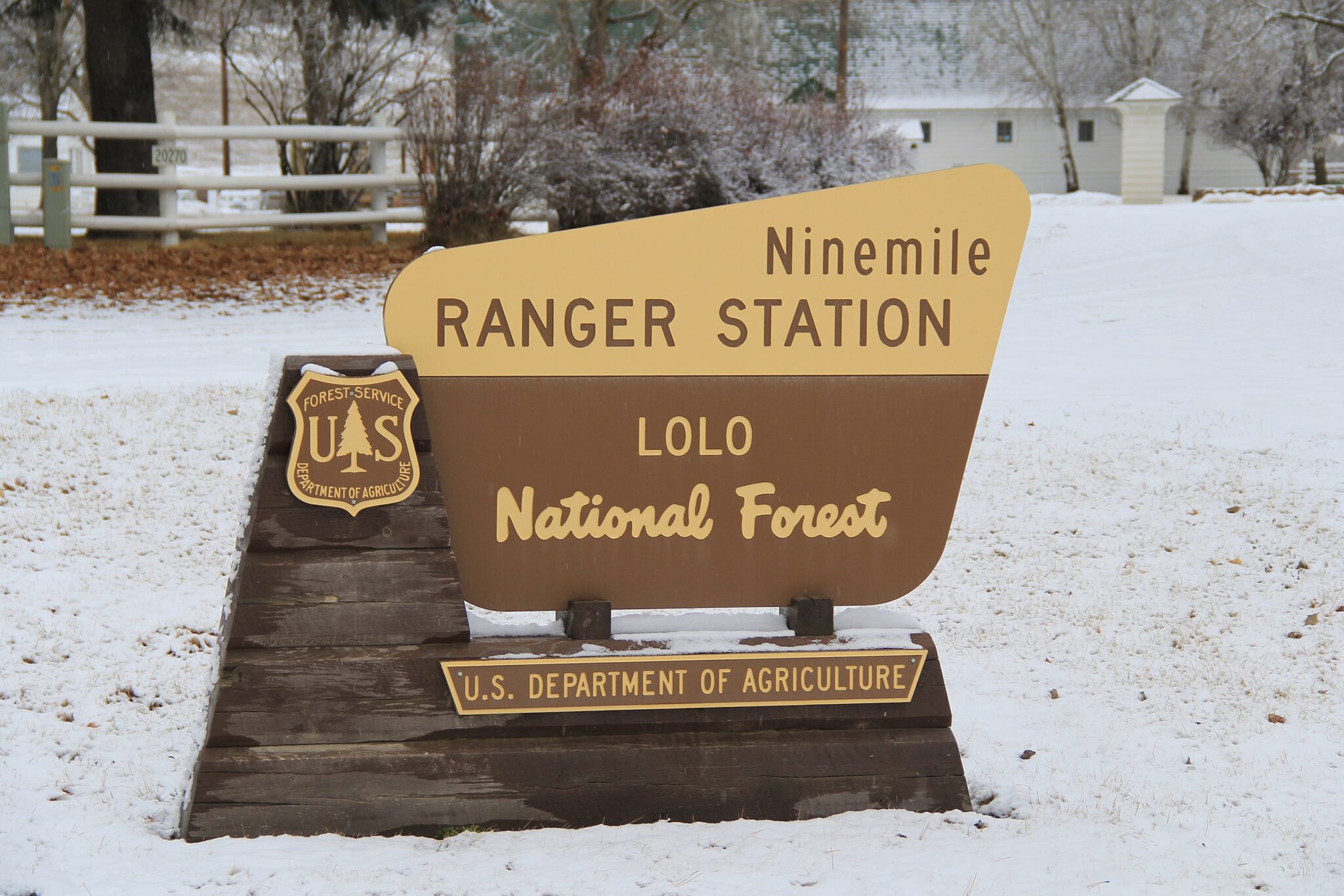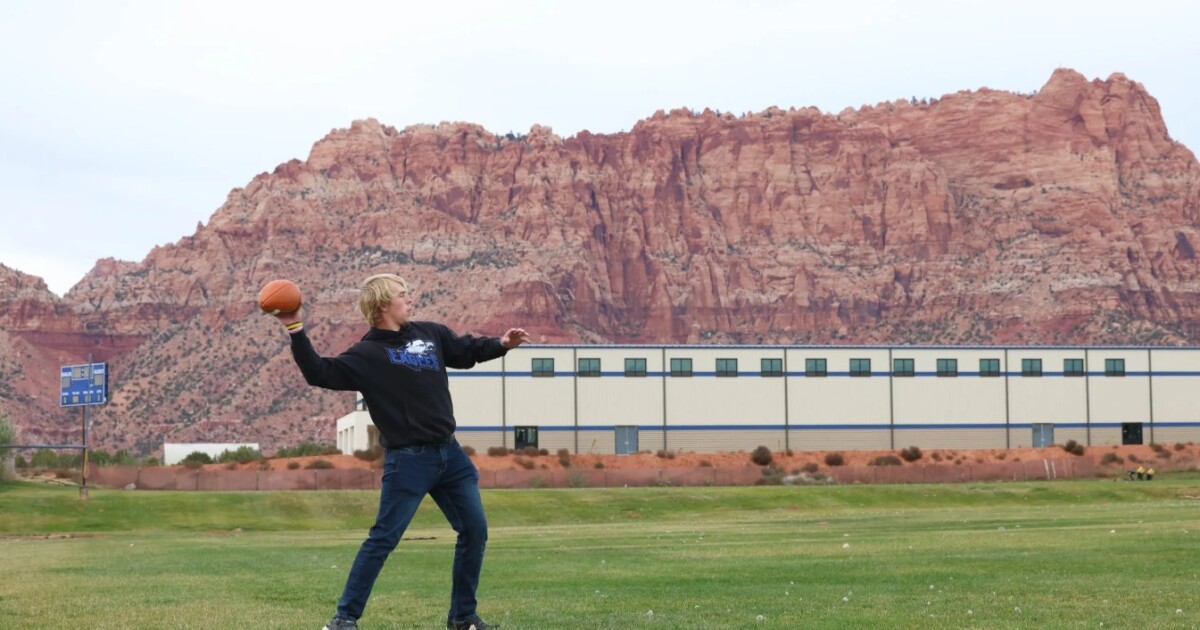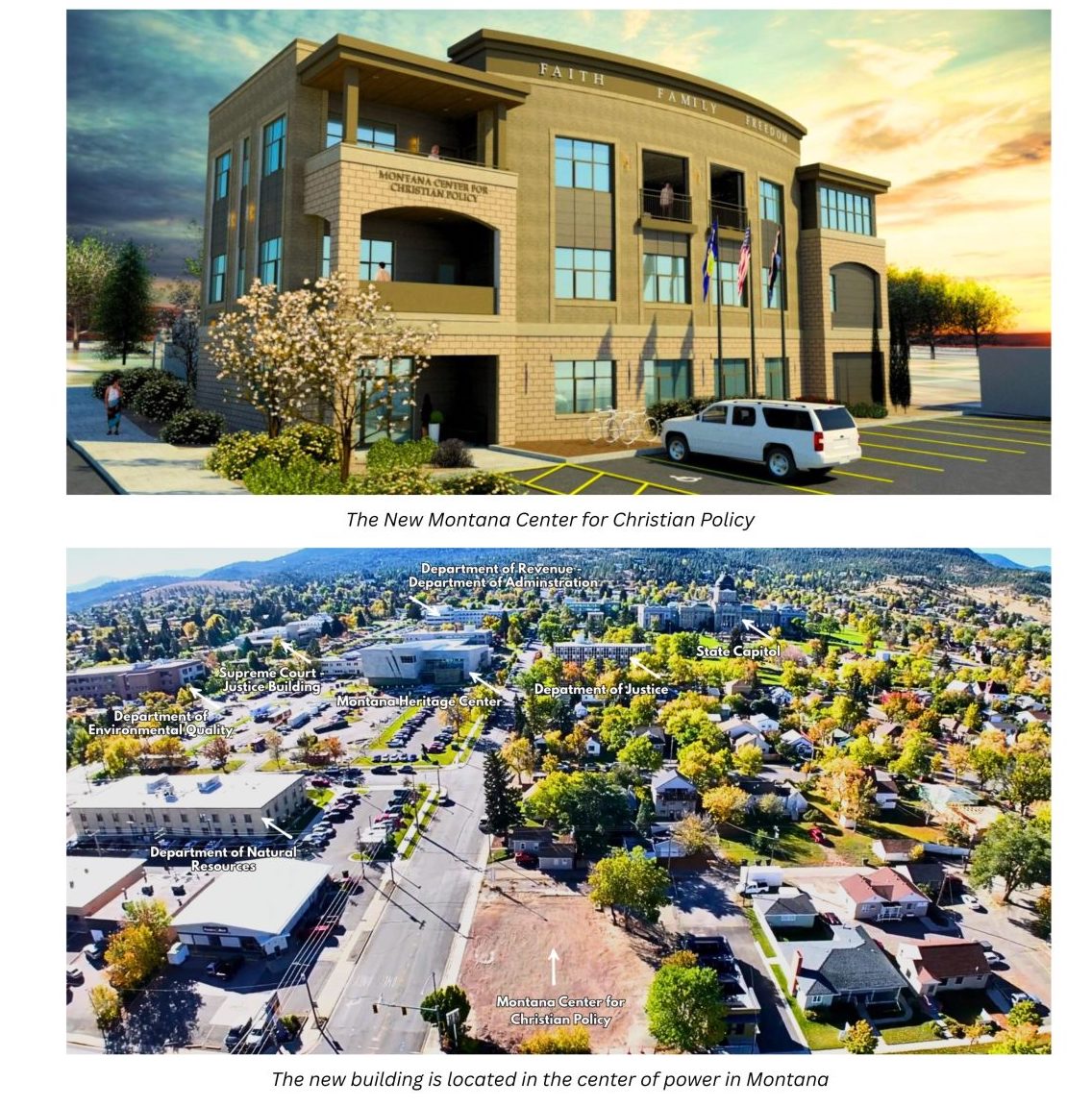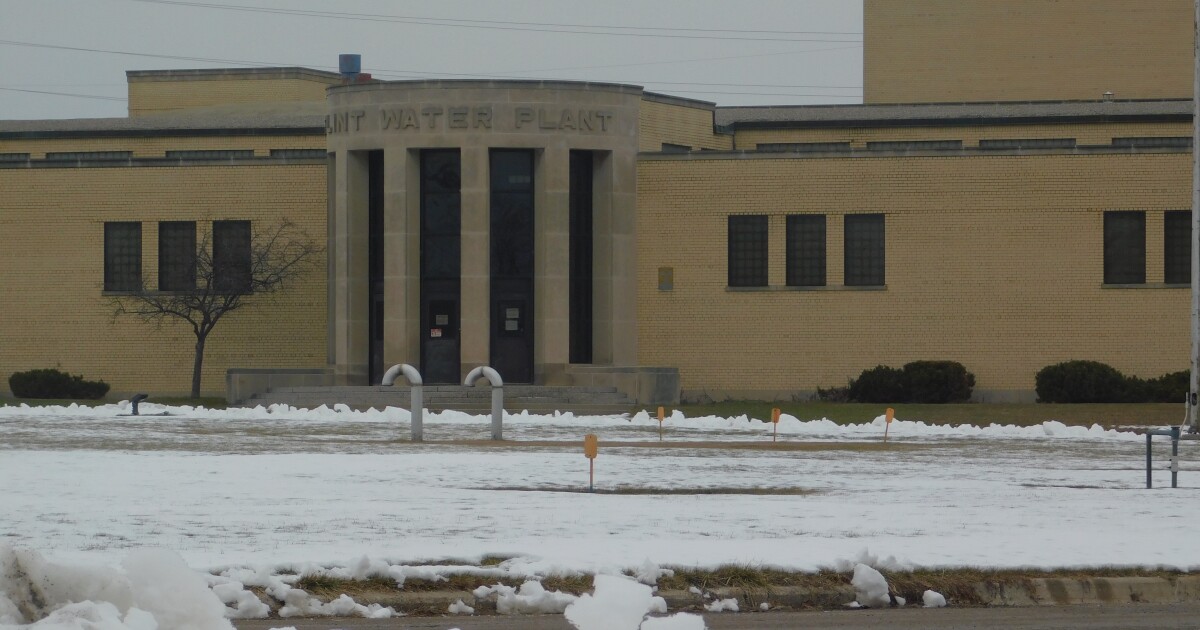Amidst the well-manicured lawns and suburban charm, Agritopia stands as a unique blend of tradition and modernity—a place where urban development meets agriculture. It’s not uncommon for Kelly Saxer, working on this 11-acre organic farm, to field curious questions from passersby. “Sometimes it feels like we’re animals in a zoo a little bit because people will walk by and they’ll just stare, you know, like gawk at us,” Saxer noted.
Agritopia remains as a lone farm after the expansive fields of crops like alfalfa and cotton succumbed to the urban sprawl of Phoenix’s rapid development. This ‘agrihood’ integrates residential living with an operational farm, where community spaces and agricultural activities coexist. The neighborhood draws a diverse crowd—from schoolchildren playing near vegetable fields to couples capturing Instagram-worthy photos. The farm offers communal plots for personal cultivation and markets its produce locally.
The concept of agrihoods has been gaining traction, with a 2018 Urban Land Institute report noting their presence in at least 27 U.S. states and Canadian provinces. These communities appeal to individuals seeking sustainable living, healthy food options, and a balance of urban and rural life. Matt Norris, a report co-author, emphasizes the goal of creating a unique community experience.
Agritopia’s Visionary Beginnings
Joe Johnston, the visionary behind Agritopia, anticipated the inevitable urban growth surrounding his family’s farm in the late 1990s. Rather than selling the land, Johnston, with a background in design engineering, embarked on creating a community centered around agriculture. His aim was to foster a space where narrow streets lead to homes, eateries, and parks—all within walking distance, with the farm at its heart.
Anthropology professor Melissa Checker from the City University of New York points out that agrihoods tap into a range of human desires—from environmental consciousness to a sense of nostalgia. “You have a kind of convergence of some commercial interests, you know, something that you can sell to people, and then also this real desire to change the way we do things,” she said.
Agritopia: A Modern Community with Roots
While the concept of using community spaces for agriculture could benefit the food-insecure, Checker notes that such projects are often linked with higher real estate values, making them more prevalent in affluent areas. In Agritopia, only a few homeowners participate in its farm box program, although the farm sells produce locally and donates to a food pantry. Johnston acknowledges that not everyone will engage with agriculture, aiming instead to create communal spaces for various interests.
Scott Snodgrass, involved in developing agrihoods, sees farms as a unique selling point for developers, particularly in areas like the Sun Belt where amenities like pools and parks are common offerings. His company, Agmenity, manages farms for such communities.
Interweaving Farming with Community Life
The farm buzzes with activity at sunrise, as workers like Ernesto Penalba engage in tasks from harvesting to packing produce. Penalba found the farming process enlightening after joining Agritopia, saying, “But we only perceive it as one process. So it was really interesting to understand that,” he shared in Spanish.
CC Garrett, known as “Miss Hickory” during farm tours, delights in educating children about food and agriculture. She finds joy in helping them discover new tastes and understand seasonal growing. “It’s amazing for me just because this community, it just really speaks to me, being built around an urban farm, which I think is such an important American concept,” she said.
In Agritopia’s ‘kid pod,’ families create a tightly-knit community, with children playing freely under the neighborhood’s watchful eyes. Maria Padron, a resident, cherishes the community spirit and reflects on her family’s past farmland in Virginia, now a vineyard. She sees Agritopia as a beautiful transformation, albeit with a sense of loss for what once was. “There’s something obviously beautiful here that’s going on, but there is some grief there too, if you’ve watched this land be a certain thing and then it changes within an instant,” Padron expressed.
—
Read More Arizona News

